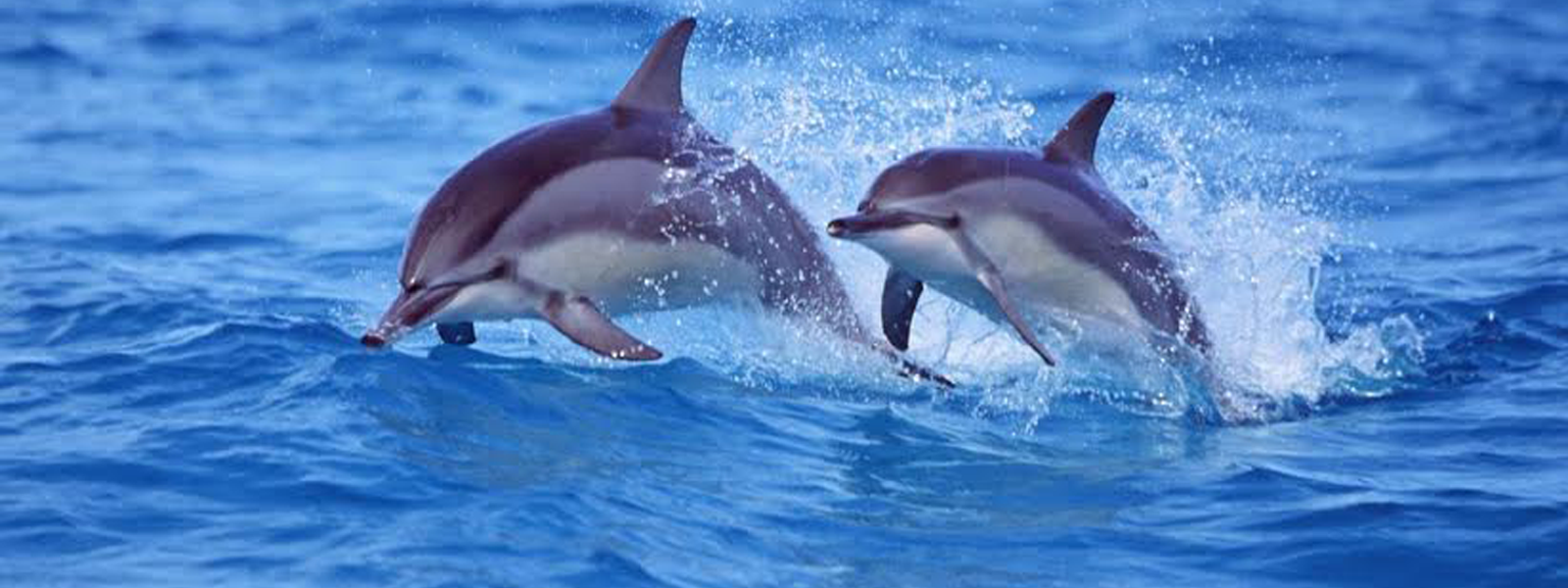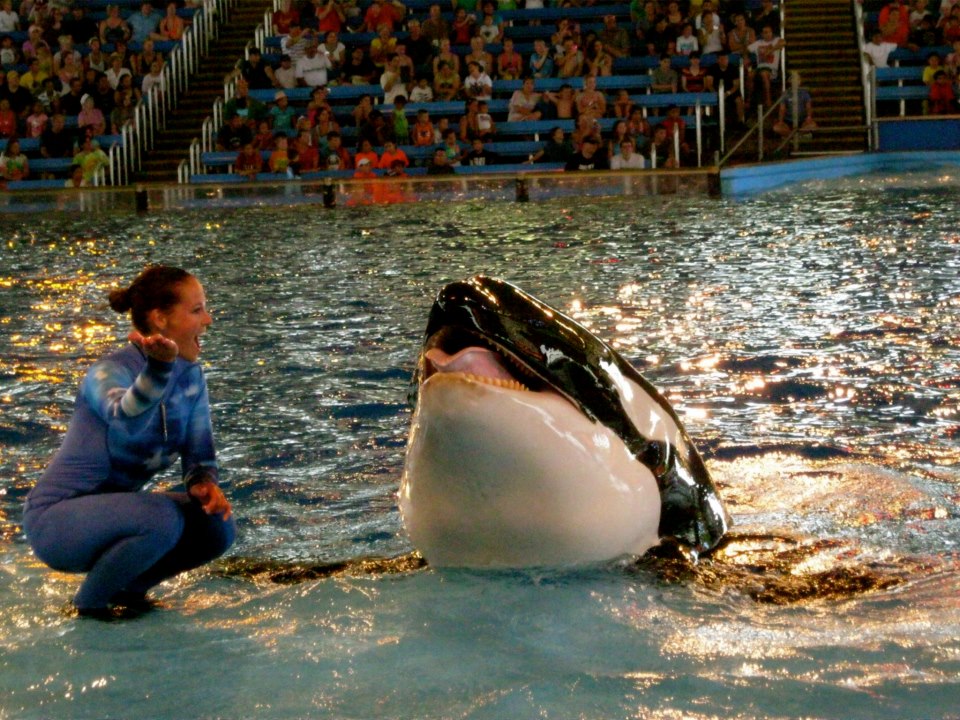

In a statement released on December 21, SeaWorld announced the untimely death of a young orca whale known as Unna. This is the third whale death at SeaWorld San Antonio in under six months: just last November, a two-year-old beluga named Stella died because of gastrointestinal problems. In July, a baby beluga died after being born prematurely.
While the exact cause of death remains uncertain, SeaWorld claims that the whale had been suffering from a candida infection for several weeks. However, according to John Hargrove, author of Beneath the Surface, she had been chronically ill for years. “She’s been very sick for at least eight years,” Hargrove told the Times of San Diego. “Every day of her life, she was heavily medicated.” Hargrove worked with Unna as a senior orca trainer at SeaWorld.
Hargrove goes on to describe the ways that she was separated from males regularly because the SeaWorld vets did not want her to become pregnant. This went on for over a decade. When you consider this regular separation – akin to being put into a time-out corner for reasons unknown to you – and consider also the unending onslaught of unnatural noise, the cramped spaces, the food deprivation, and the total domination by human trainers – it is little wonder that any orca can remain healthy at SeaWorld or any other dolphinarium.
“She was the poster child for how captivity stresses-out and kills cetaceans in captive environments,” says former SeaWorld Orlando trainer Jeff Ventre. “Candida cystitis is rare in mammals and appears in ones with compromised immunity,” with stress being a likely cause.
Ventre also suspects that, just like the motivation behind everything SeaWorld does, their announcement of Unna’s serious condition three months ago was designed with business interests in mind. “SeaWorld is not in the habit of announcing when it's whales become sick, but they were afraid she'd die prior to the California Coastal Commission hearings, in my opinion,” which would have jeopardized their permit for building the Blue World project – bigger tanks designed to breed and sell more orcas. The permit was accepted by the Coastal Commission with the conditions that it not be used as an orca farm, a restriction SeaWorld has vowed to fight.

A remarkable contrast to the tragedy of Unna can be seen in the unique story of Keiko, the orca made famous by the movie Free Willy and a subsequent campaign for his return to the wild. Keiko endured appalling conditions in a facility in Mexico. He then bore not one but two long flights to rehabilitation facilities in Oregon and then his native waters of Iceland. Despite all of this, he still outlived Unna, who was only transferred once, from SeaWorld Orlando to San Antonio. In fact, when Keiko died in Norwegian waters, he was the second longest-lived male orca in captivity. How can SeaWorld denounce the Keiko effort as a “failure” when their own parks are losing captive whales at a huge rate?
“Unna’s death seriously calls into question SeaWorld’s ability to ‘care’ for orcas in captivity,” says David Phillips, who was involved in the Keiko release effort. “Keiko lived to see his home waters again and swam across the Atlantic Ocean to Norway. The Keiko effort was not a failure,. It is SeaWorld’s holding of these intelligent, wide-ranging animals that is a failure.”
SeaWorld’s announcement declares that they are “saddened” by the loss of Unna. But what we can assume makes SeaWorld sadder still is the damage done to their public image and their bottom lines. After all, money is the one and only motivator for SeaWorld’s business. This is why they announced that they have cancelled all shows at SeaWorld San Antonio – for one day only. Money trumps grief, especially when grief is actually not present in the boardrooms of SeaWorld Inc.
We should all mourn the loss of Unna, who was held captive for her entire life and suffered greatly for the benefit of SeaWorld executives. At least we know she is certainly in a better place now. She’s finally found freedom.
SeaWorld should be retiring all of their cetaceans to more natural sea pens, where these ocean beings can spend what remains of their lives in tune with the ocean and free from having to do stupid circus tricks.